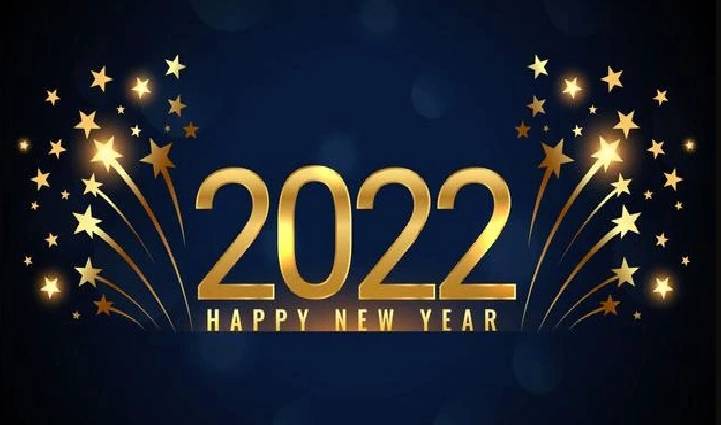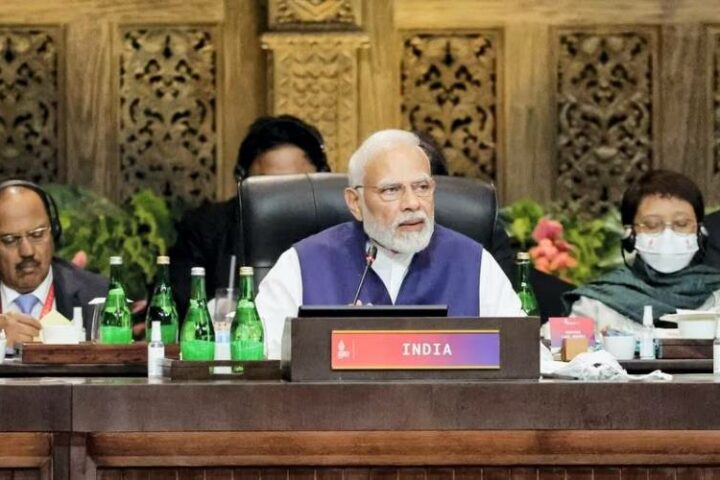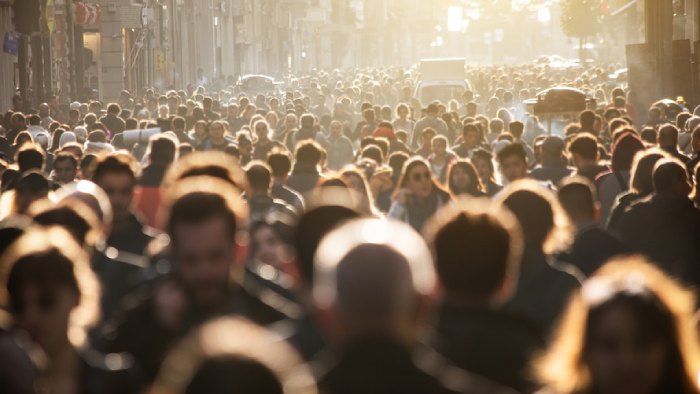According to the Gregorian calendar, New Year’s Day (January 1) is one of the most celebrated holidays. People all across the world celebrate this day with family and friends or in large gatherings. They throw parties, adorn their houses, and bake for their loved ones.
The world celebrates the New Year with great zeal and joy. For the next year, everyone has fresh resolutions and intentions.
History:
The new year is supposed to have begun 4,000 years ago, in the year 2,000 BC, in ancient Babylon. On the first new moon after the vernal equinox, the Babylonians celebrated the new year with an 11-day festival called Akitu, which included a distinct ceremony on each of the days (typically around late March). The celebration commemorates Marduk’s mythological victory over the sea goddess Tiamat, as well as the act of crowning a new monarch or allowing the existing king to rule.
Importance:
Many countries’ New Year’s celebrations begin on December 31 (New Year’s Eve) and run into the early hours of January 1. Revellers eat foods and snacks that are said to bring them luck. The traditions of watching fireworks and singing songs are carried out all around the world. The beginning of a new year is a fantastic opportunity to make positive improvements. Making New Year’s resolutions is more common in the western hemisphere, while it is also done in the eastern. A person makes a commitment to change a bad habit or behaviour, or to achieve a specific goal.
Why do we have a New Year’s Eve celebration on January 1st?
Over time, the early Roman calendar drifted away from the sun, and in 46 BC, emperor Julius Caesar vowed to correct the situation by consulting the most prominent astronomers and mathematicians of the day. He created the Julian calendar, which is remarkably close to the more modern Gregorian calendar that most countries use today.
As part of his reforms, Caesar designated January 1 the first day of the year, partly to honour the month’s namesake, Janus, the Roman god of beginnings. Janus’ birthday was celebrated by offering sacrifices, giving gifts, decorating their homes with laurel branches, and hosting wild parties. In mediaeval Europe, Christian rulers temporarily replaced January 1 as the first day of the year with days with higher religious significance, such as December 25 (Jesus’ birthday) and March 25. (the Feast of the Annunciation). Pope Gregory XIII re-established January 1 as New Year’s Day in 1582.
- How to Check IIT GATE 2025 Results Online? Complete Guide - March 19, 2025
- Deadmau5 Sells Song Catalog for $55M to Launch New Music Venture - March 6, 2025
- Japanese Girl Group F5ve to Drop Debut Album ‘Sequence 01’ in May - March 6, 2025








